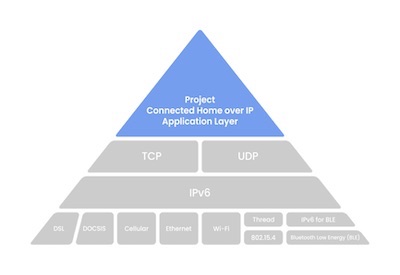Could our Industry Lose the Lighting Market?

Rick McCarten
Beyond a doubt, the most exciting and innovative market in our industry is lighting. But with innovation and opportunity comes the challenge of new competitors, new ways of doing things, and new ways to go-to-market.
At a recent Electro-Federation Canada conference in Banff, we had a speaker who presented on the Internet of Things (IoT). The company he represents, Cisco, is working on a project in Toronto that integrates Intelligent buildings into the IoT. One of the “things” they are working on is lighting.
Cisco has set up five floors in a high-rise building in downtown Toronto with 1,200 LED lights, all hooked up through low voltage direct current using Ethernet cable. Each digital light has an internet protocal (IP) address, as do all of the light switches. The Ethernet cable from the port to the room provides Wi-Fi as well as light. All lights and switches connect directly to the port. Using a computer, technicians can view the port and determine which light goes with which switch, and a host of other software instructions (e.g., daylight sensing, smart phone applications…).
The problem isn’t directly with the technology itself. In fact, many of our manufacturer members are already all over this and distributors can quickly adapt; the problem may arise more with our traditional customer. Electrical contractors typically do not install Ethernet cable because it is low voltage (below 50). With the use of Ethernet cables, safety is no longer an issue, as there are no inspection requirements mandated (the DC current is lower than 50 volts and flies under the need for electrical inspection). What is needed is computer programming. Technicians working on your phone and computer hooks are already doing their job in offices. The new technology requires cheaper labour with different expertise.
In addition to the fact that Ethernet cable requires a different installation method and is not a safety issue, you should note that it also connects to a port, not a panel. The port is DC. At some point, the power used by lights will add up and require the need for a breaker or fuse, but the digital “port” will be completely different from what we are familiar with today.
This is just one aspect of the coming innovations. Another aspect is creativity. Low voltage DC lighting opens the door to an amazing opportunity to be creative. Ceiling panels, light on walls, colours, sensors and televisions — all added together to create unique user experiences for every room that is entered.
The typical home built today still has converted jam jars for overhead lamps. Homebuilders continually challenge our industry for pennies over any increase in electrical costs. Typical offices have fluorescent lighting spaced accordingly at minimal costs. Our customers have learned to provide what their customers want: the cheapest way to light a room. Because DC power needs an inverter to convert from AC, this will probably keep fully-integrated DC lighting out of homes, at least for the time being. The office and condo markets might move more quickly, and soon I suspect the home market will follow suit.
According to the conference speaker from Cisco, they are already installing their system in new buildings in Calgary. I have spoken to people in the electronics field; they too are all over this, recognizing the opportunity. Once this hits LEED buildings, it will even move quickly.
I would hate for our industry to be blindsided by this. Our industry must begin to see this as an opportunity, not a threat.
You may recall that in the 1980s, when security system were being installed, everyone felt it was a perfect opportunity for the “wirepullers” to expand. This didn’t happen for a number of reasons, mainly because of wages and expertise.
It’s hard to believe that the same thing could happen to lighting…
Note: Watch for Electro-Federation Canada’s latest customer-focused research project, coming next spring. The new report will focus on the challenges and opportunities that Canadian electrical customers face in their businesses, including the challenges and opportunities discussed in this article. For information on past research reports, visit www.electrofed.com/market-research.
Rick McCarten is VP, Operations, Electro-Federation Canada.
Read more in Canadian Electrical Wholesaler by Rick McCarten
Should Distributors Sell Robots?
Agility: Knowing Your Competition
The Big Picture
Could our Industry Lose the Lighting Market?
Adapting to the Future with Young Talent
If Your Customers Can See More, You Might Want to Help Them See Even Further
Health and Sciences Could take a Lesson from the Electrical Industry
Change is About to Hit Our Industry
Challenges of the Digital Age
Agility: The Customer Landscape
Agility is the New Lean: Alexander Defeats the Persians
Agility is the New Lean
The Gap Between “Us” and “Them”
Our Industry Needs to Help Canada Skate to Where the Puck is











